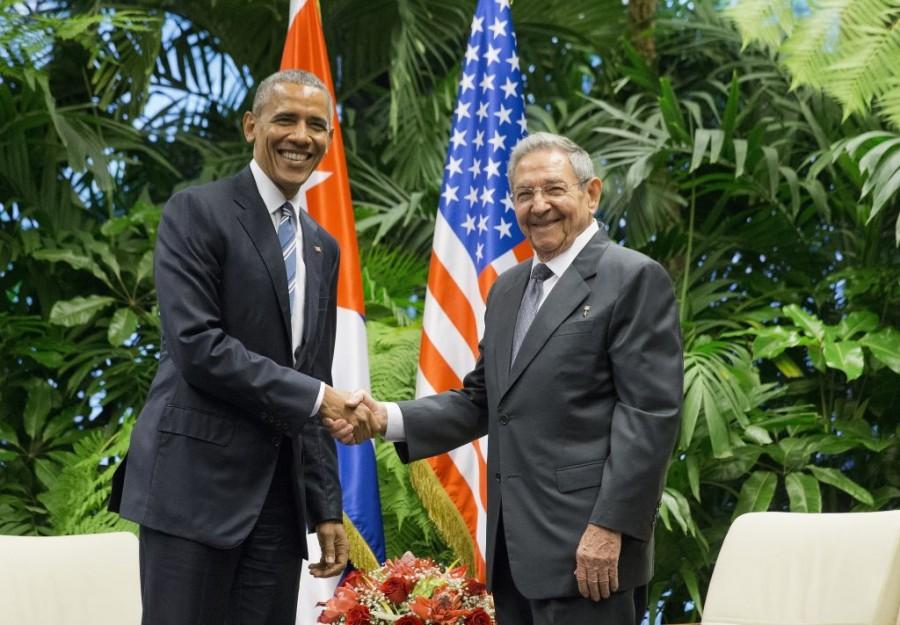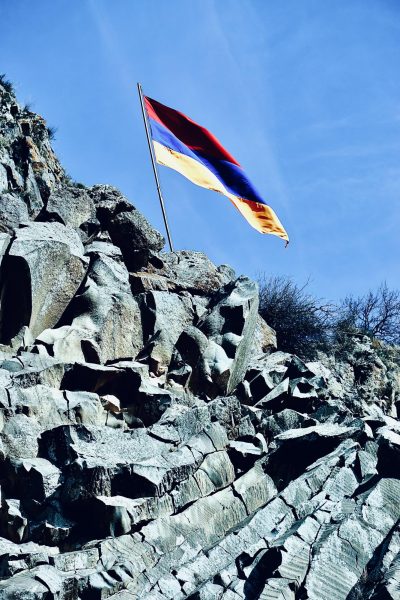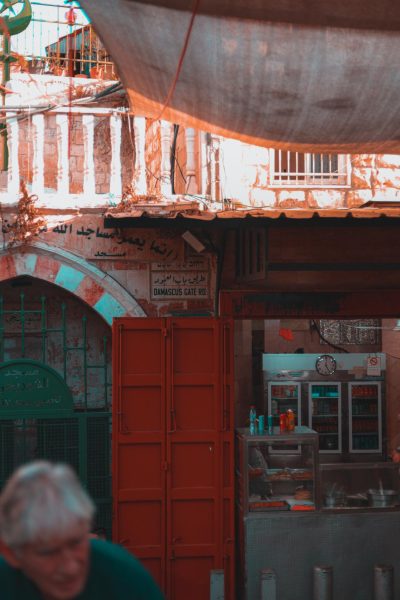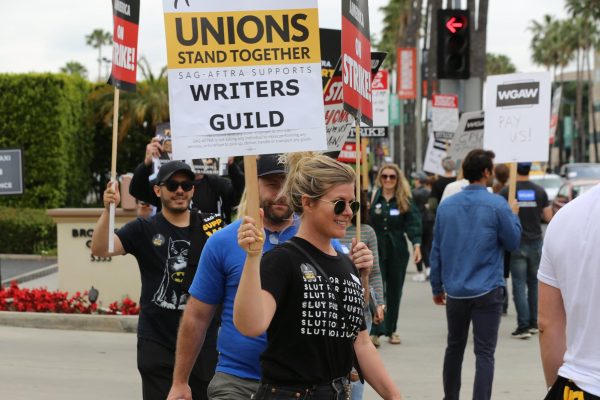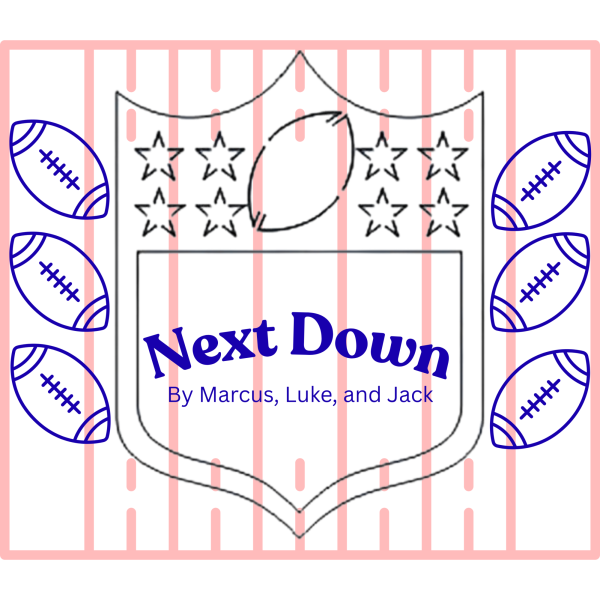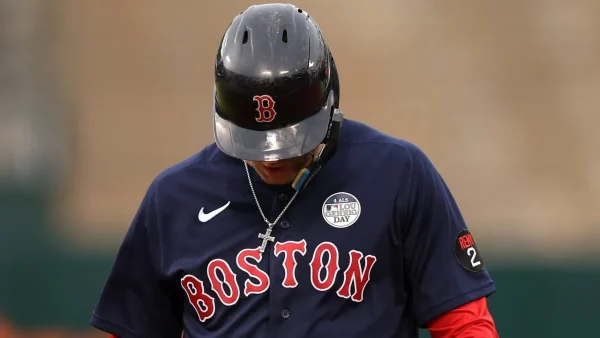Obama’s Trip to Cuba: The History Behind It
On Sunday, March 20th, Barack Obama made history as the first president to visit Cuba since 1928. Obama was accompanied by Michelle, his two daughters, and his mother-in-law.
According to the Washington Post, as the first family arrived on Air Force One, they were welcomed by Cuban officials, including foreign minister Bruno Rodríguez. They were also greeted on the island by Josefina Vidal and Jeffrey DeLaurentis, the leader of the U.S.’s Foreign Ministry and the senior U.S. diplomat for Cuba, respectively. Regrettably, they were not greeted by Cuban president, Raul Castro.
The history of tensions between the U.S. and Cuba started all the way back in 1959, when Cuba was under the leadership of Fidel Castro. The relationship gradually declined; the last time Castro even came to the U.S. was year to meet with Vice President Nixon.
As discussed on the Council of Foreign Relations, later that year, their relationship took a turn for the worse. Castro, along with his revolutionaries, seized control of Havana and overthrew their leader, Fulgencio Batista. That did not initially create an uproar and the U.S. actually did nothing in response. It was only when Castro’s regime increased trade with Soviet Union, nationalized U.S. properties, and increased the taxes for American imports, that the seeds of malcontent were sown.
In return, the U.S. ruined Cuban sugar imports. Following that, President Eisenhower initiated an economic embargo, which was later expanded by President John F. Kennedy into a full economic embargo, included the travel restrictions that impeded tourism.
The U.S. continued to butt heads with Castro’s regime. One such example is the Bay of Pigs invasion, during which the U.S. unsuccessfully tried to invade Cuba using Cuban exiles. Not long after was the Cuban Missile Crisis, resulting in an agreement between the U.S. and Soviet Union. The U.S. agreed not to invade Cuba and to remove their missiles from Turkey while the Soviet Union agreed to remove their nuclear missiles in Cuba.
The U.S. and Cuba’s affair continued even after the Soviet Union finally collapsed. The Council of Foreign Relations stated, “Washington strengthened the embargo with the 1992 Cuba Democracy Act and 1996 Helms-Burton Act, which state that the embargo may not be lifted until Cuba holds free and fair elections and transitions to a democratic government that excludes the Castros.”
In 1982, Castro then began efforts to train men which the U.S. State Department believed qualified Cuba as “a state sponsor of terrorism.” It was not until 2015 that they were removed from the list.
The Council of Foreign Relations went on to say, “In a 2014 report, Human Rights Watch said Cuba ‘continues to repress individuals and groups who criticize the government or call for basic human rights’ through detentions, travel restrictions, beatings, and forced exile. In 2015, according to the Cuban Commission for Human Rights and National Reconciliation (CCDHRN), the Cuban government carried out more than 8,600 detentions of political activists.”
According to the New York Times, Raul Castro, will leave power in 2018.
After all the U.S. and Cuba have been through, they have finally taken steps towards mediation and the forming of friendly relations.

